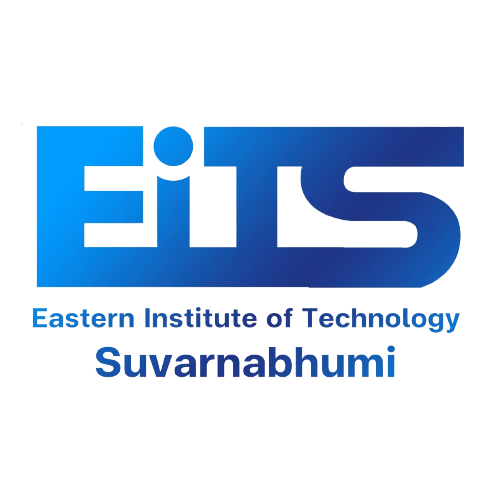YOTIKA MODEL Innovation in School Management to develop into a digital organization
Main Article Content
Abstract
This article aims to develop educational institutions using YOTIKA MODEL innovation to be
a digital organization involved in bringing technology and innovation to help manage and support
the learning process in educational institutions efficiently and experience changes. into society and industry in the digital age. Innovation YOTIKA MODEL has the concept of innovation for developing into a digital organization in educational institutions as follows online teaching platform Using an online teaching platform helps to create a learning space that allows students to access learning content anytime, anywhere. and increase the ability to manage time and follow up on the learning outcomes
of learners. Virtual Reality (VR) The use of VR technology helps to create a more realistic and interesting learning experience. Students can gain a realistic experience that is close to real-life situations. and are trained in complex situations connected to the lesson. Learning Apps and Educational Games Using learning apps and educational games increases the fun and alignment with the needs of students in the digital age. Educational institutions can create educational games with content that is consistent with the learning curriculum. To enhance the interest and participation of learners. Learning technology Expression, The use of expressive learning technology. (Experiential learning) is an aid in creating
a learning experience that allows students to learn by doing things such as modeling education in real place to foster deep learning and the application of knowledge in real situations and using practical learning Presentations of projects or concepts that students can apply in real work. The students gain experience in solving real problems. and working with others.
Article Details

This work is licensed under a Creative Commons Attribution-NonCommercial-NoDerivatives 4.0 International License.

